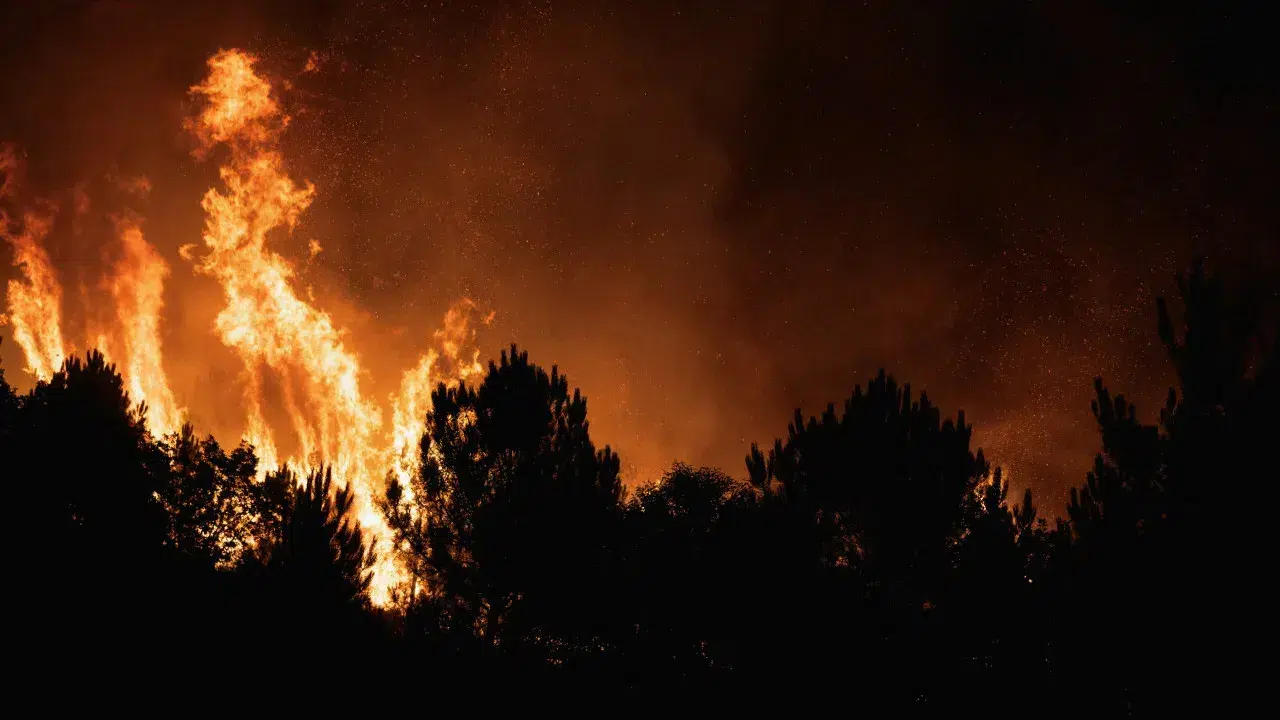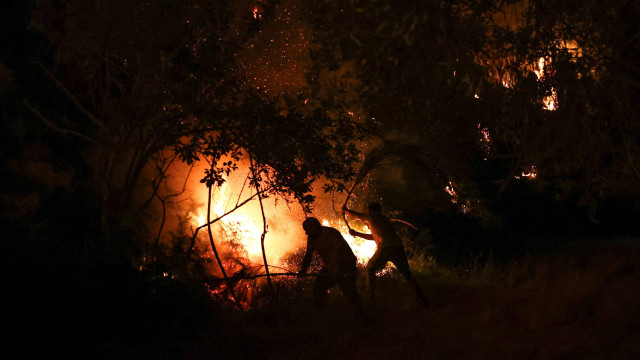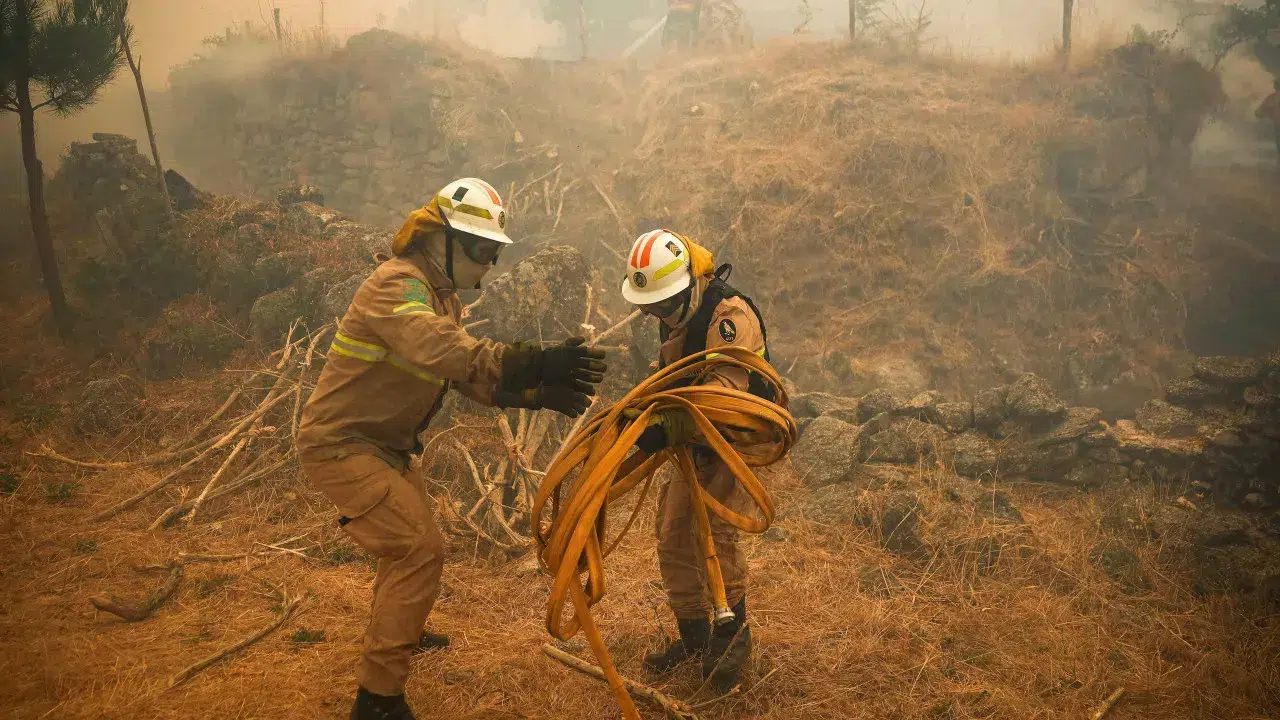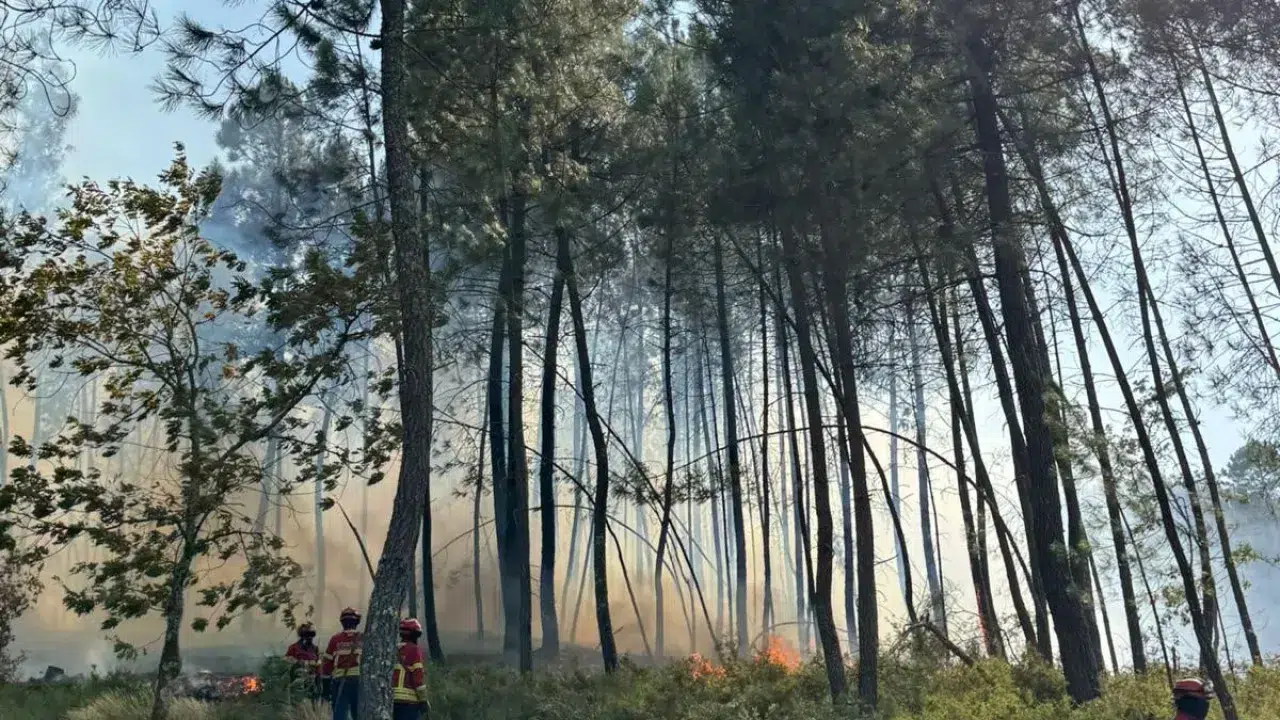
The National Association of Explosive Products Companies (ANEPE) has urged the government to exclude urban and coastal contexts from the warnings issued by the executive due to significant losses the sector is experiencing this year amid severe wildfires. ANEPE highlighted that these specific areas should be exempt to provide financial relief.
“The sector stands in solidarity with the country during this tragic moment and reaffirms that safety is an absolute priority but rejects being perceived as responsible for a problem unrelated to pyrotechnics. It is worth noting that, by law, there have been no shows in forest areas for nearly 20 years,” ANEPE emphasized.
The association expressed that the government’s decision, effective since August 2, “has devastating effects,” noting that “the summer accounts for more than half of the business volume, affecting approximately 15,000 direct and indirect jobs.”
ANEPE advocates for “decisions based on clear technical criteria,” highlighting the importance of using fire hazard maps from the Portuguese Institute of the Sea and Atmosphere (IPMA) and a concrete assessment of each location.
“It is crucial to distinguish forest areas from urban and coastal contexts,” the association stressed, reminding that “shows already adhere to strict safety plans, validated by firefighters, security forces, and municipalities.”
ANEPE also regretted the government’s lack of willingness to engage with the sector. “Many companies and professionals are left in suspense today, lacking clear information and learning of decisions only through the media,” they stated.
ANEPE calls on the government to “immediately open channels of dialogue with the sector to find balanced solutions that simultaneously protect the forests and the thousands of jobs depending on this activity.”
Continental Portugal has been struck by numerous large-scale rural fires since July, mainly in the North and Central regions.
The fires have resulted in three fatalities, including a firefighter, and caused several injuries, some severe, as well as complete or partial destruction of primary and secondary residences, agricultural and livestock operations, and forest areas.
Provisional official data shows that as of August 20, more than 222,000 hectares have burned across the country.




